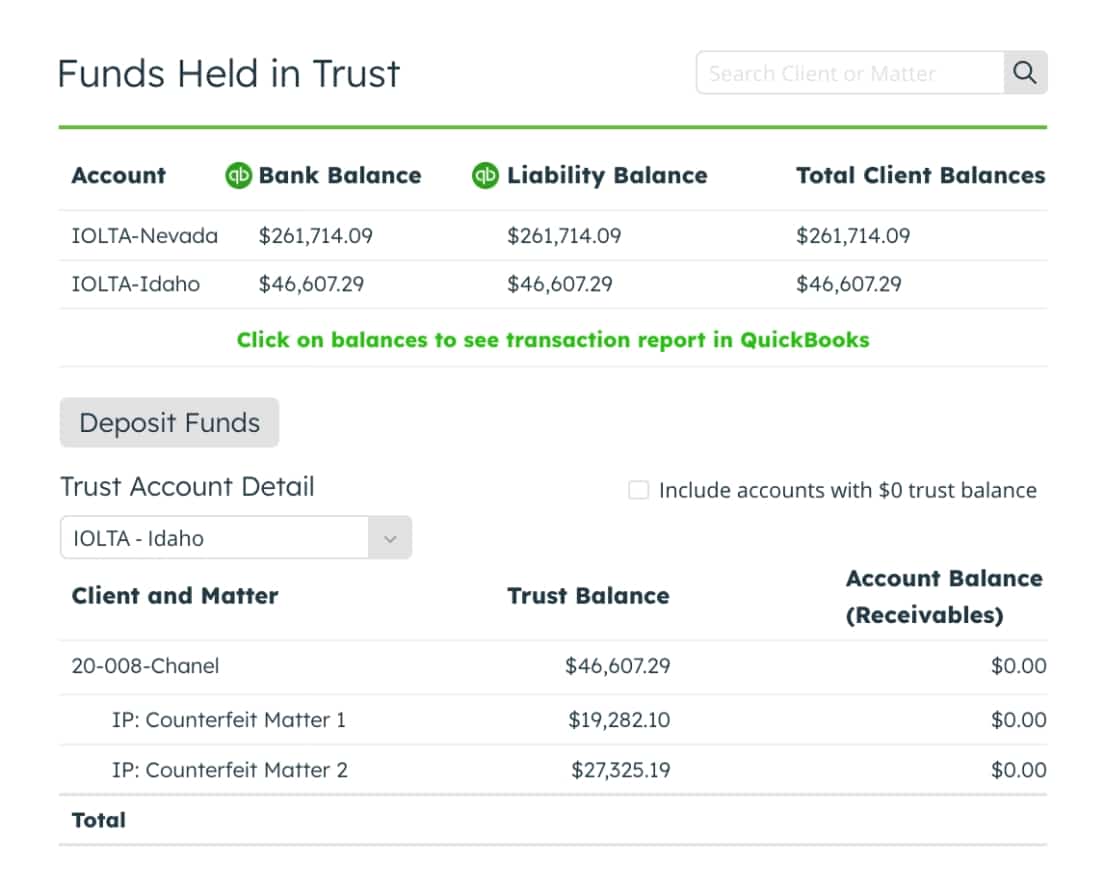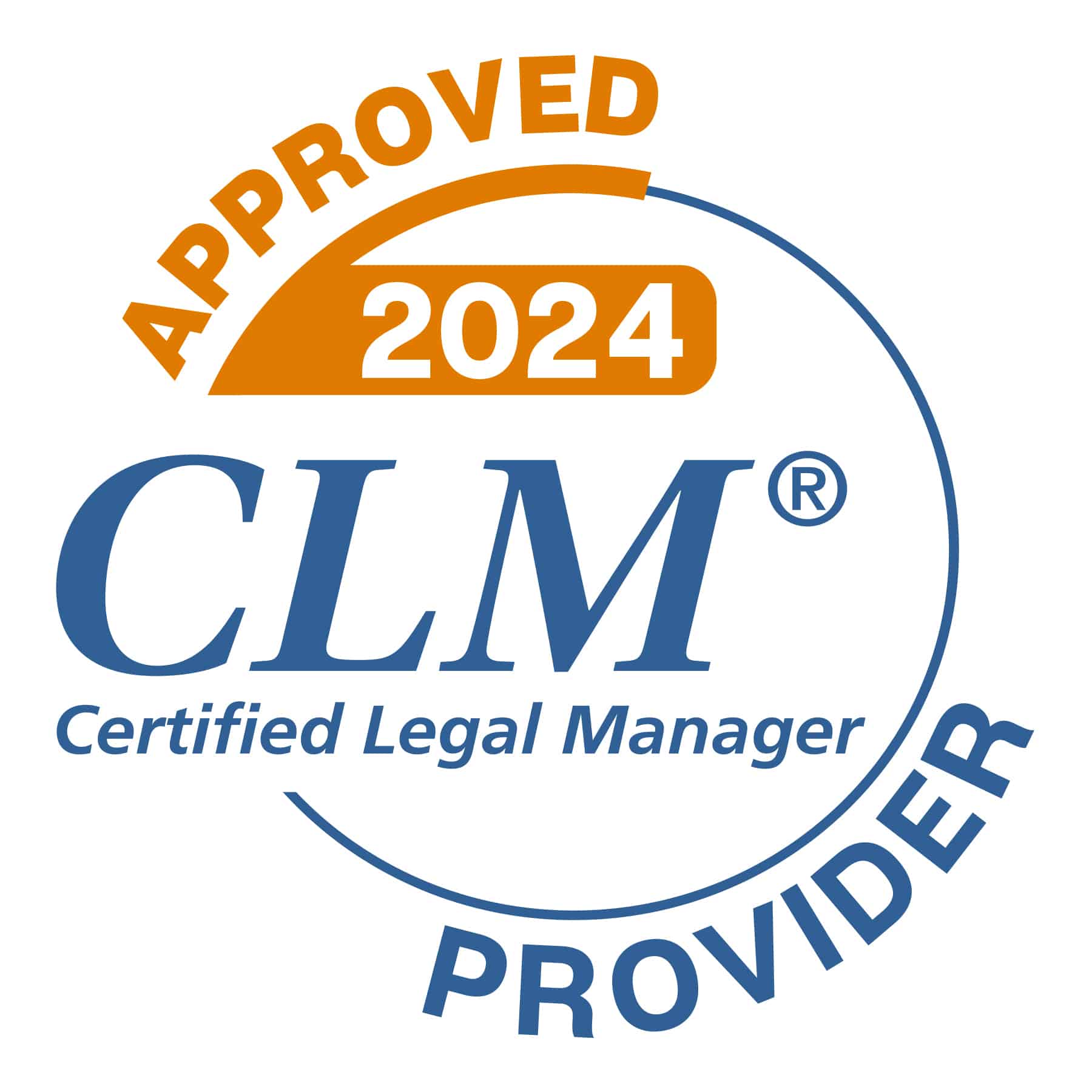
Learning about time increments, billable hours and invoicing probably wasn’t a big focus in law school, right?
Lawyers often enter the workforce without any real training on legal billing, despite it being a crucial aspect of law firm operations. And while law school provides an extensive education on the law, it often fails to teach the essential skills needed for managing a law practice.

Key Takeaways
- Every attorney and practice manager should understand the basics of legal billing, even if the legal billing process is not part of their everyday job duties.
- Though there are many different ways that law offices engage in legal billing entries, the most common is that of the billable hour.
- Having the right legal billing software can make a huge difference in an attorney’s time and give them back the ability to do what they do best…serve their clients.
Whether you are a young lawyer starting your own firm or a seasoned attorney working for a large law firm, it’s never a bad idea to spend a few (unbillable!) minutes learning more about the basics of law firm billing and what billing entry process is going to work best for you and your firm.
It will also help to know what sorts of legal billing software is going to make this part of your job substantially easier.
So easy, in fact, that you won’t have to now go get an accounting degree just to run your law firm.

Law Firm Billing: The Basic Steps Each Firm Must Focus On
Even if you’re fortunate enough to start or join a law firm with a knowledgeable billing person or staff, it’s never a bad idea to know the basics of legal billing so that you can feel confident in not only the role you play in the overall billing process but can ensure that other tasks are being done appropriately as well.
Here is the basic billing steps every law firm will most likely implement in order to accurately bill clients and get paid in a timely manner:

- Engage in accurate timekeeping: To bill correctly, you need to track your time accurately. This means capturing every minute spent working on a case, and assigning the appropriate billing code to that time.
- Be consistent with time tracking: Consistency is key in legal billing. If you bill for some tasks but not others, or if you use different time tracking methods for different clients, your billing will be inconsistent and potentially inaccurate.
- Create detailed billing descriptions: Your billing descriptions should be detailed enough that your clients can clearly understand what work was done and how much time was spent on each task. With LeanLaw software, you can also create billing description shortcuts to save you time on repetitive time entries.
- Implement a regular billing cycle: Consistent billing cycles keep your clients informed and help to prevent surprises. Whether you bill weekly, monthly, or quarterly, sticking to a regular billing schedule is crucial.
- Generate invoices in a timely manner: Invoicing promptly after work is completed helps to ensure that you get paid on time. Delaying invoicing can lead to delayed payments, which can hurt your cash flow.
- Make sure that invoices are accurate: Your invoices should be accurate, easy to read, and free of errors. Double-checking your invoices before sending them out can save you time and headaches down the road.
- Engage in open and consistent communication: Finally, clear communication with your clients is key to effective billing. Make sure your clients understand your billing practices and are informed of any changes or issues that may arise.

Law Firm Billing Entry: Which Will Work Best for You?
Understanding the basics when it comes to legal billing is good for your business and bottom line. But understanding the various types of legal billing entry will be essential in order for you to complete your daily tasks.
Most attorneys get paid for one thing…their time. So knowing how to put a tangible price tag on that time is an important step in making sure you get paid appropriately and that your clients are satisfied with the cost of your rendered services.
While it’s become industry standard for attorneys to calculate their billable time in incremental time periods, there are still other methods that are widely used, based on the law firm’s area of practice, the size of the firm and the location.
Schedule a demo
Here are the most common types of billing entries that lawyers use to record their time billed and to bill their clients:
- Hourly billing: This is the traditional billing method where lawyers charge clients by the hour for the time spent working on a case.
- Flat fees billing: In this method, lawyers charge a fixed fee for a particular legal service, regardless of the time spent.
- Contingency billing: Lawyers who use this method charge clients a percentage of the amount they recover on behalf of the client.
- Retainer billing: Clients pay a certain amount of money upfront to retain the services of a lawyer or law firm. The lawyer then bills against that retainer for the work performed.
- Task-based billing: This method involves charging clients for specific tasks performed rather than for time spent. For example, a lawyer may charge a flat fee for drafting a contract.
- Value-based billing: This method involves billing clients based on the value of the legal services provided, rather than the time spent or the tasks performed.
- Blended billing: This method combines elements of hourly billing and flat fee billing, with clients paying a fixed fee for certain services and an hourly rate for additional work beyond that scope.
Understanding a bit about each of the above methods of legal billing entry will help any attorney, particularly if they are starting their own practice or are going to work for a firm that uses a variety of billing processes when sending out invoices for their services.
That said, in today’s current climate, the most common type of attorney billing tends to be hourly billing, so understanding the billable hour is going to be the most beneficial type of billing method for most attorneys to understand.

The Billable Hour
According to legal research done by the American Bar Association’s 2020 Legal Technology Survey Report, hourly billing is the most common billing method used by law firms, with 63.9% of respondents indicating that they use hourly billing for at least some of their clients.
And, according to the 2020 Report on the State of the Legal Market by the Center for the Study of the Legal Profession at Georgetown University Law Center and Thomson Reuters Legal Executive Institute, the billable hour remains the dominant form of billing in the legal industry, with 85% of all law firm fees based on hourly billing.
It seems as though the billable hour is here to stay. So it’s definitely going to benefit everyone on your staff to understand how it works.
When a law firm adopts the billable hour system, attorneys will bill clients for the amount of time they spend working on a particular case or matter, typically in six-minute increments.
For example, if an attorney spends 10 minutes on a task, they would bill the client for 0.2 hours (10 minutes divided by 60 minutes in an hour).
The billable hour rate is typically set by the attorney or law firm and is based on factors such as experience, expertise, and the market rate for similar legal services in the area.
Clients are typically billed monthly or at various stages of the case, and the bill will include a breakdown of the services provided, the amount of time spent on each task, and the total cost.
This system is intended to accurately reflect the time and effort expended by the attorney, and to ensure that clients are only charged for the work actually performed.
Not only does this make it easier for an attorney or their support staff to be able to itemize their tasks more specifically and justify their time spent on that task in smaller increments, it also makes it easier for a client to really see what they are paying for.
Here’s a good example of how not billing in smaller increments can cause frustration and discord among your clients:
Let’s say that you billed a legal client for a 1/2 hour of “administrative tasks” without providing any further clarification or details (also known as “block billing.”)
Your client is most likely going to feel frustrated or confused when they receive that invoice.
What were the “administrative tasks?” Were they responding to an email from the opposing counsel? Researching a case study that may apply to the case? Chatting on the phone with a potential witness?
If your client has no idea what sort of work was performed during that time, they may have a tendency to become a bit skeptical.
Worse, even if you then send them a follow up email outlining what took place in those 30 minutes, they may have a hard time wrapping their head around how much time each of those tasks actually took.
Billing in larger increments with less explanation can do some significant harm to an attorney’s reputation, as it may appear that you are padding the bill or not providing enough value for the services rendered.
The client may also question why the task took half an hour, as it may seem like a small or simple task.
This could lead to further disputes or mistrust between the attorney and client, or your legal clients leaving your firm altogether and complaining to others in the community about your firm’s less than optimal billing practices.

It’s important for attorneys to provide detailed and accurate billing entries for all tasks, no matter how small.
In fact, billing in smaller increments and breaking tasks down into those six-minute periods is a proven way to maintain a strong reputation and build trust with clients and within your community.
But with a legal software system like LeanLaw’s Invoice Delivery Tool, you will be able to customize the description on your invoices and add an AI invoice summary. This then ensures that you’re delivering value to your customers. And that they can see it!
Do Smaller Billing Increments Result in More Paperwork (and More “Unbillable Time?)
It’s completely understandable…
Yes, you want to bill accurately and appropriately.
But no, you do not want to spend more of your time (that happens to be unbillable!) trying to track the most miniscule tasks, just so you can ensure your clients feel comfortable with what they see on their invoices.
But here’s the good news! You no longer have to spend that extra time.
There’s now simple legal billing software that can do it for you.

LeanLaw: The Billing Software that Gives You Back Your Day
LeanLaw is a legal billing software company that was started by legal professionals who were fed up with spending hours of their day doing tasks that they didn’t like while also keeping them from doing the tasks that they did…taking care of their clients.
Designed to work with QuickBooks Online, LeanLaw is the legal billing software for law firms that makes running a profitable law firm straightforward and simple for everyone involved.
Not only does LeanLaw offer a user-friendly platform that simplifies legal billing processes, it also ensures that attorneys and their support staff bill accurately and in a timely manner.
Schedule a demo
With LeanLaw, firms can manage billable hours, create customized invoices, track time, manage expenses, and even process payments all in one place.
The software has a time-tracking feature that enables attorneys to accurately track their time spent on various tasks, including non-billable work.
LeanLaw’s system can round time entries to the nearest increment, which ensures that every minute of billable time is accounted for.
Additionally, LeanLaw integrates with other popular legal practice management software such as QuickBooks to provide a comprehensive solution for managing a law firm’s finances and improving cash flow.
By using LeanLaw, attorneys can streamline their billing processes, reduce errors, and increase their billing accuracy, ultimately leading to higher revenue and better client satisfaction.
Are you ready to learn more? Contact us for your free demo today!




